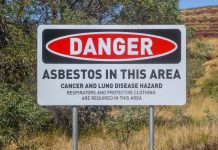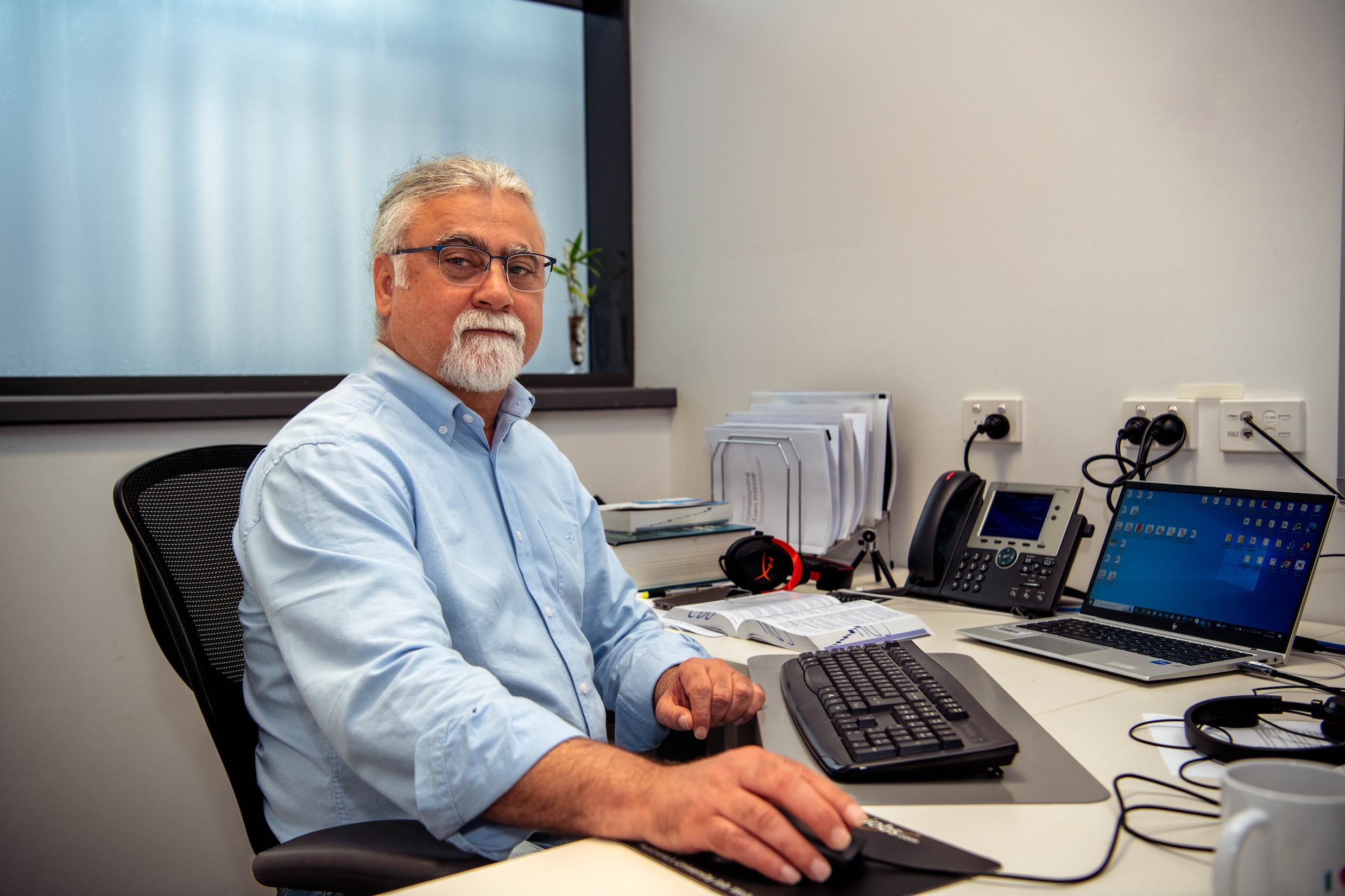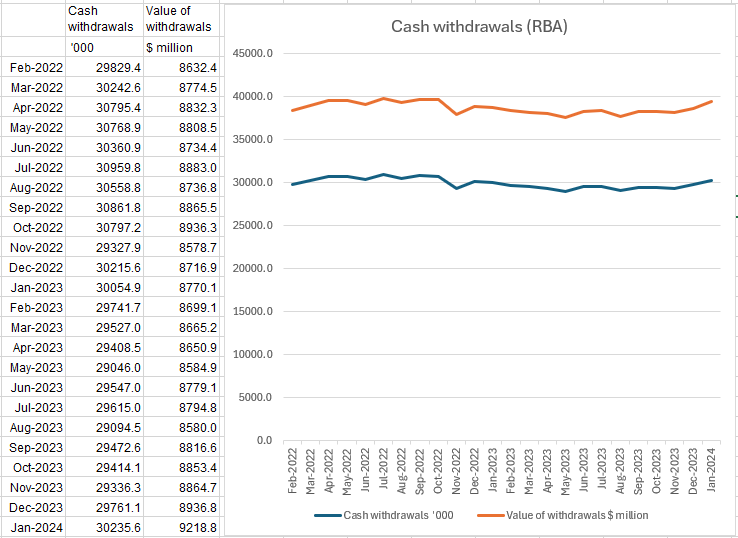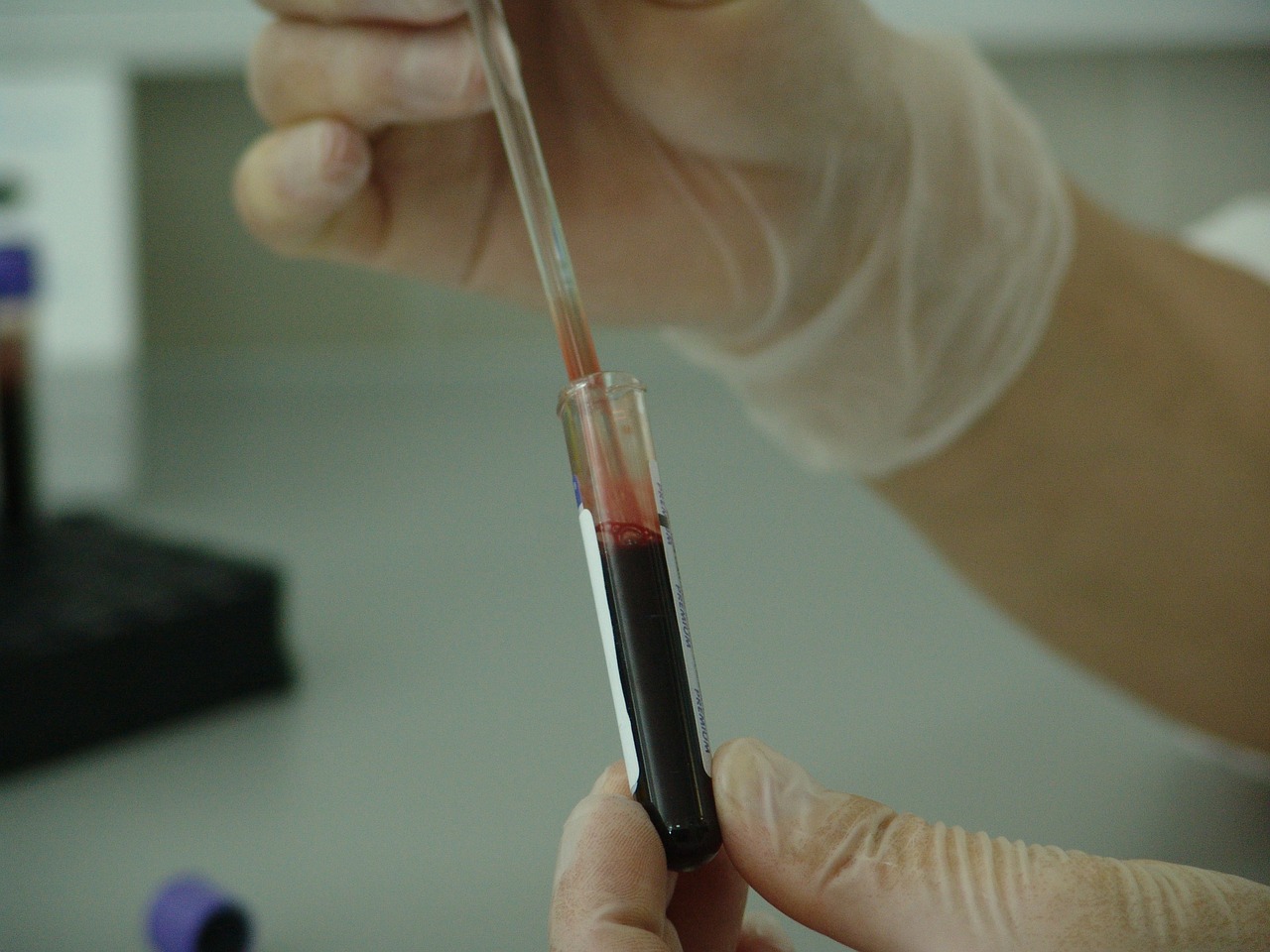CANCER remains one of the most feared diseases, especially of older people. While conventional treatments of surgery, chemotherapy and radio therapy have increased the survival rate, especially in early-detected cancers, they are not always effective and the side effects, including nausea, fatigue and loss of hair can be extremely unpleasant.
However there have recently been spectacular advances in our understanding of the way cancer tumours grow.
Scientists, led by Professor Danny Rischin at the Peter MacCallam Cancer Centre in Melbourne have trialled a new drug, Cemiplilab, which led to spectacular reduction in size of tumours in previously incurable skin cancers.
Almost 50 per cent of patients with advanced cutaneous squamous cell carcinoma, the second most common skin cancer, responded to the new drug with a rapid and sustained reduction in the size of their tumours.
There are currently no approved therapies anywhere in the world to treat tumours that reach such an advanced stage.
In a further development Peter Mac scientists, led by Dr Jane Oliaro and Professor Ricky Johnstone, who were investigating how tumours evade the immune system have identified a previously underappreciated way that cancer cells are destroyed, involving Tumour Necrosis Factor (TNF).
TNF is naturally produced as a result of T cells (a type of white blood cell) being activated in response to cancer cells, a virus or other foreign invader.
“T cells can directly kill cancer cells when they recognise antigens on the cancer cell surface but they have another weapon in their arsenal, TNF, which may be very important in fighting cancer,” says Dr Oliaro.
“Our study has revealed that the large amounts of TNF produced by T cells when they recognise a cancer cell causes widespread collateral damage to other cancer cells nearby. This means that TNF can kill rogue cells that either don’t have the antigen on their surface, or are hidden from T cells deep within a tumour.”
The Peter Mac researchers have developed a new, whole-genome gene editing screening process using CRISPR methodology to identify key genes and molecular pathways that cancers use to evade the immune system.
This involved individually deleting all 20,000 genes in the genome in cancer cells and testing which ones, when missing, allow cancer cells to evade T cells. Cancer genes involved in sensitivity to TNF were the top hits.
“This screening process has shown us that when tumours evade the immune system, a major reason for this is acquired resistance to TNF,” says Professor Johnstone.
Work is underway to test a drug that sensitises tumour cells to TNF.
Meanwhile scientists in the US have cured a woman with advanced breast cancer which had stopped responding to chemotherapy and other conventional treatments by using her body’s own immune system.
Dr Steven A Rosenberg and colleagues from the National Cancer Institute took a small sample of her tumour and studied its DNA mutations.
Then they extracted immune cells from the tumour and grew billions of them, finding those which would be the most effective to kill her cancer. These were multiplied in the lab and 80 billion of them were injected into the patient together with a drug called pembrolizumab, which helps the immune system to attack cancer.
“After the treatment, all of this patient’s cancer disappeared and has not returned more than 22 months later,” Dr Rosenberg said.
“The research is experimental right now, but because this new approach to immunotherapy is dependent on mutations, not on cancer type, it is a blueprint we can use for the treatment of many types of cancer.”
It is too early to claim cancer is beaten, but the chances of surviving cancer just got a lot better.



































